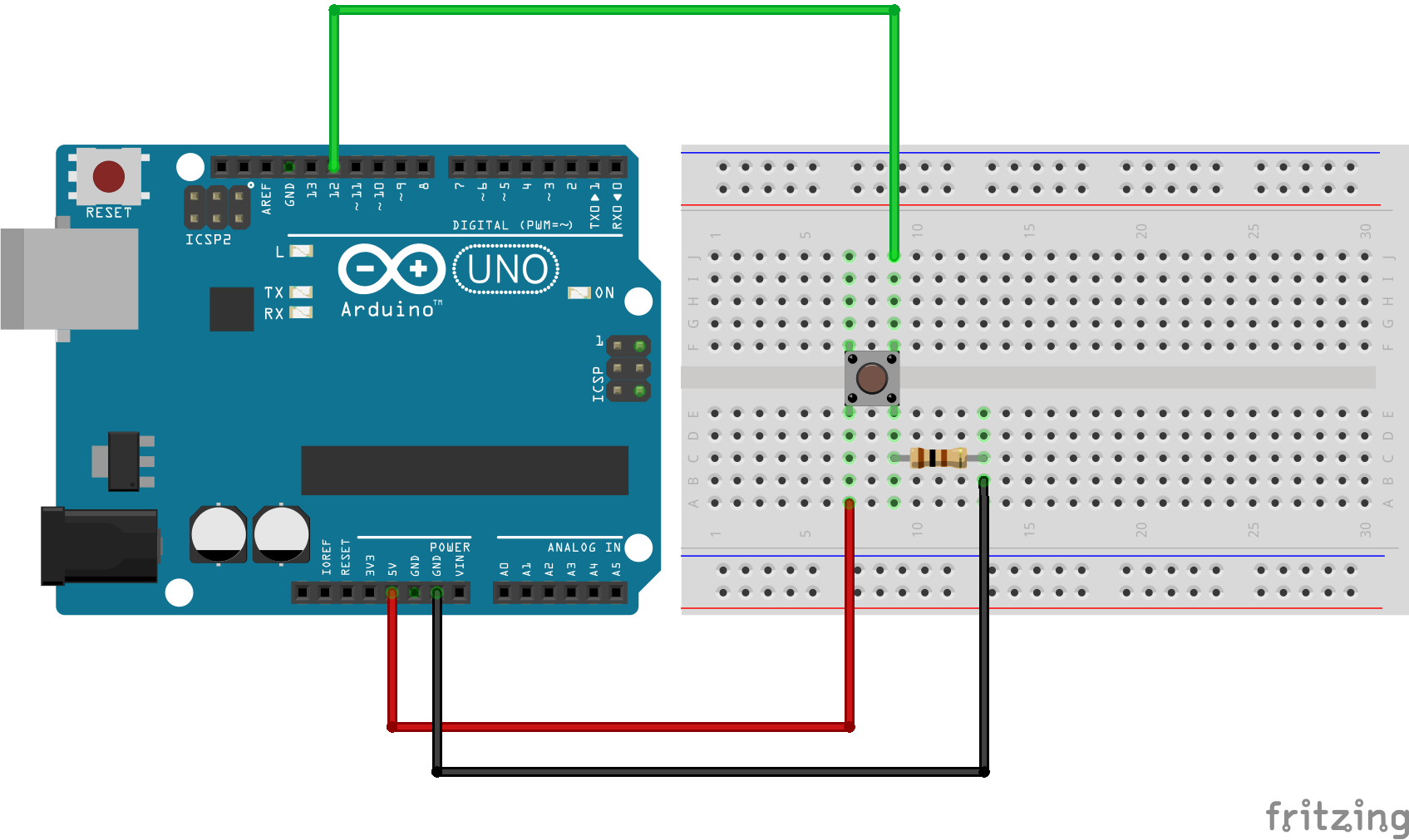
The 'Arduino ARM (32-bits) Boards' and 'Arduino SAMD (32-bits ARM Cortex-M0+) Boards' cores use the SysTick timer. The 'Arduino AVR Boards' and 'Arduino megaAVR Boards' cores use Timer0 to generate millis(). Switch (lcd_key) // depending on which button was pushed, we perform an actionĥ.Upload the code,the LCD will display the button which you press.Ĭlick here to buy LCD Keypad Shield ,or other products you like. Reconfiguration of the microcontroller’s timers may result in inaccurate millis() readings. Lcd_key = read_LCD_buttons() // read the buttons Lcd.setCursor(0,1) // move to the begining of the second line Lcd.print(millis()/1000) // display seconds elapsed since power-up to work with non-blocking millis() based code. sounding a piezo or loudspeaker according to a distance sensed. shifting up and down and displaying the active gear on an LCD and 2. Lcd.setCursor(9,1) // move cursor to second line "1" and 9 spaces over 'controlling basically everything' - you may want to break up your effort into two distinct problems: 1. Lcd.print("Push the buttons") // print a simple message Return btnNONE // when all others fail, return this. If (adc_key_in > 1500) return btnNONE // We make this the 1st option for speed reasons since it will be the most likely result ) clearLCD() lcdPosition(0,0) LCD.print(Test ESC) while(1). we add approx 50 to those values and check to see if we are close Press PEN during power-on for ESC test Press PUP during power-on for test motor Press. my buttons when read are centered at these valies: 0, 144, 329, 504, 741 define some values used by the panel and buttonsĪdc_key_in = analogRead(0) // read the value from the sensor * Function: this program will test the LCD panel and the buttons I hate having to push buttons all the time on PIDs and STCs, so I went with a rotary encoder (basically a volume knob) with a push button as the controller.
#ARDUINO MILLIS LCD BUTTON PRESS CODE#
\arduino-1.0\libraries.Ĥ.Copy and paste code below to a new Arduino sketch.

#ARDUINO MILLIS LCD BUTTON PRESS HOW TO#
The following sample code is to introduce how to use this shows what key you pressed down and the system time.Ģ.Download the File: LiquidCrystal library.ģ.Unzip it into the libraries file of Arduino IDE by the path. How to control the Keypad and make selects.Can control the contrast of LCD through the potentiometer.īutton (select, up, right, down and left) To put it simply, the millis function makes use of an internal counter within the ATmega microcontroller at the heart of your Arduino.The keypad interface uses only one ADC channel.To turn the backlight back on, press the select button. The key value is read through a 5 stage voltage divider. millis()) lcd.setBacklight(OFF) // switch screen off after a period of time.

To save the digital IO pins, the keypad interface uses only one ADC channel(AD0). The keypad consists of 5 keys - select, up, right, down and left. it consists of a 1602 white character blue backlight LCD. The LCD Keypad Shield is arduino compactible boards,to provide a user-friendly interface that allows users to display what they want to and make selections etc.


 0 kommentar(er)
0 kommentar(er)
